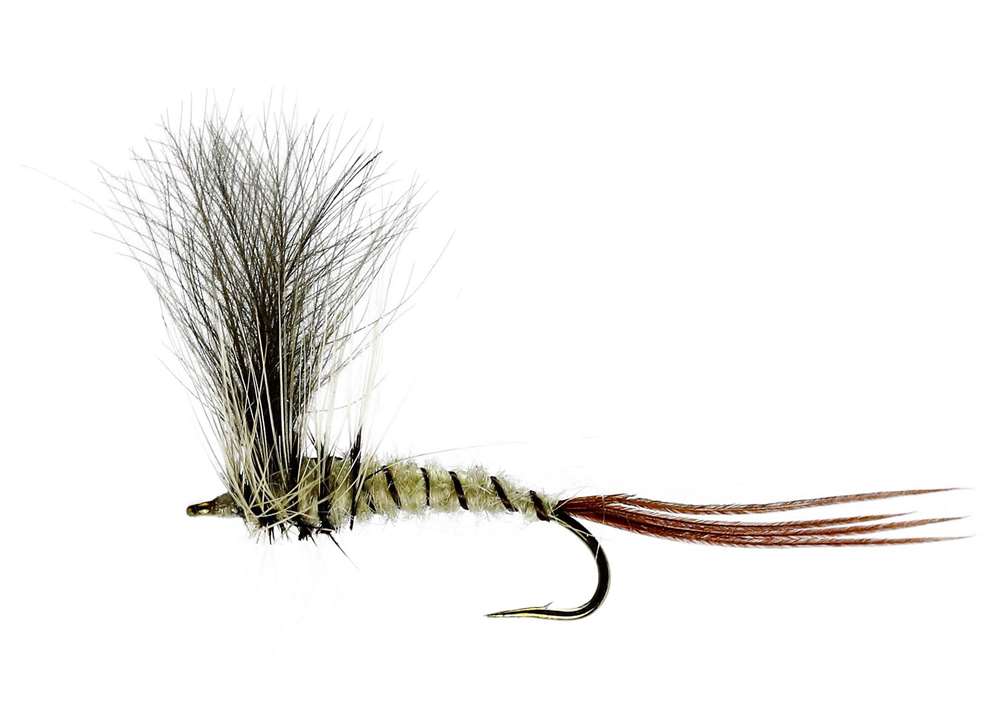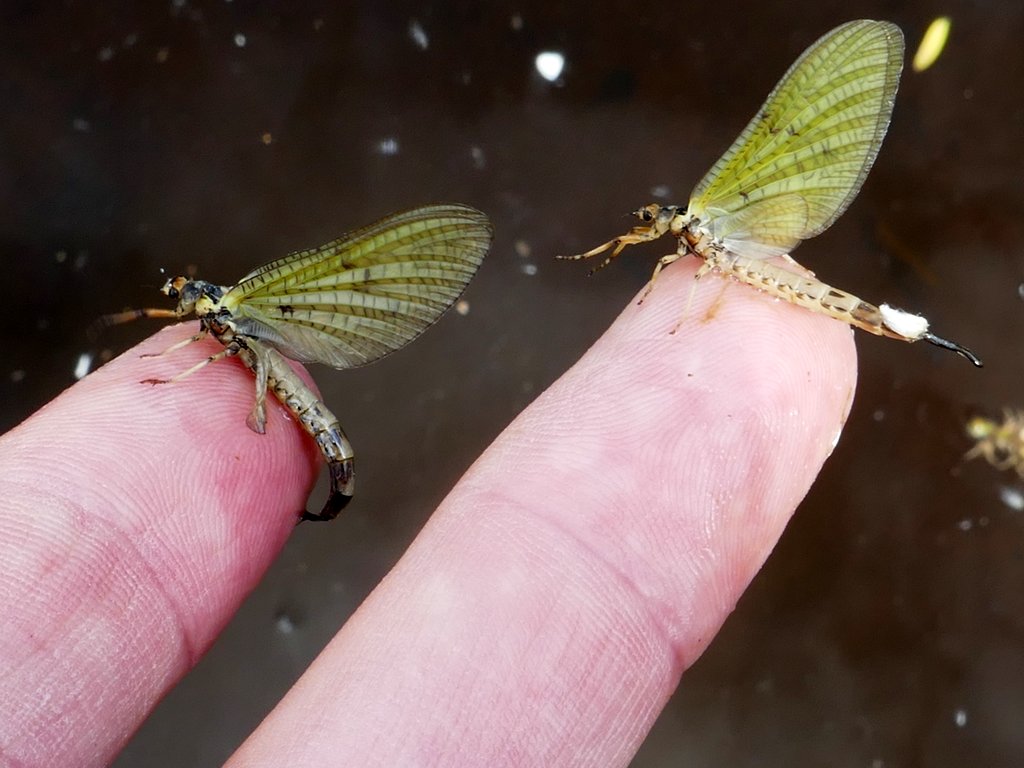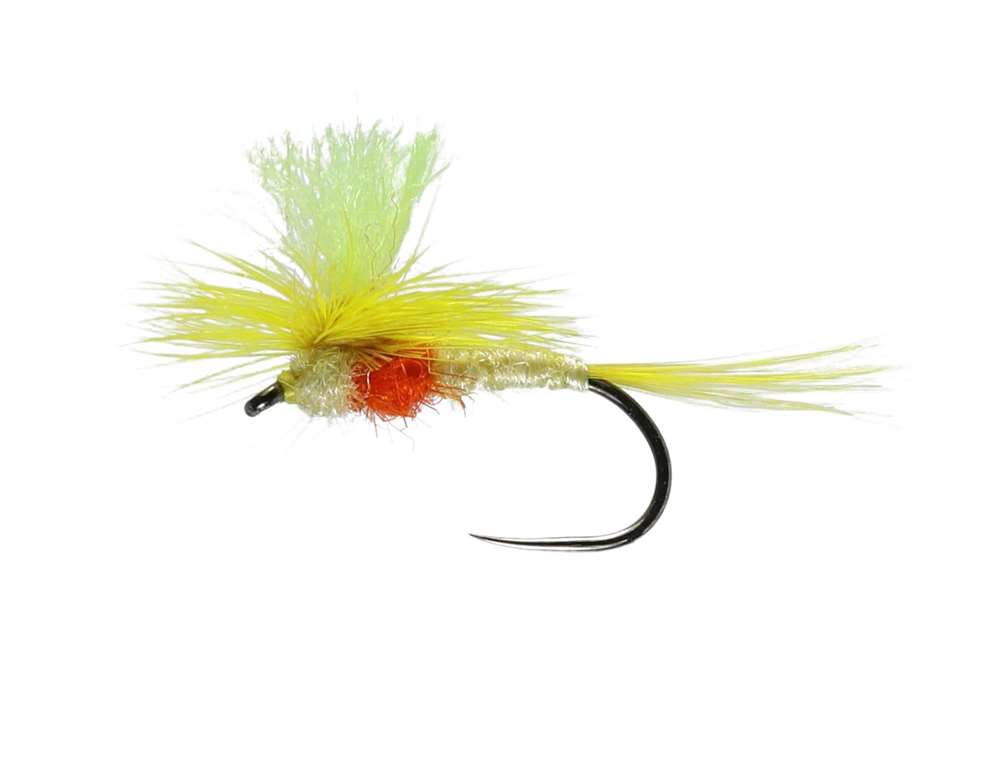Mayfly Fishing Tips
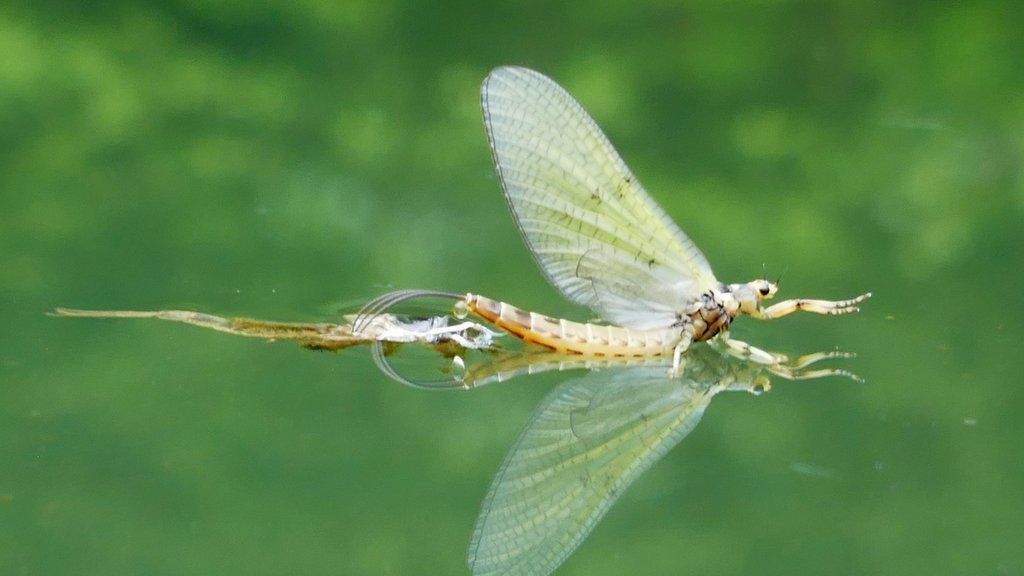
Success with mayfly
The mayfly period might well be referred to as ‘Duffer’s Fortnight’ when apparently all the trout in our waters throw caution to the wind and feed greedily on mayflies. However there are periods when trout become bewilderingly tricky. This usually occurs in the early days when fish that have previously been eating tiny morsels such as midges and black gnats feel a little intimidated, or outfaced by the sheer size of adult mayflies. That said, once trout get a taste for mayflies they really do ‘lock on’
Shop All Mayfly Patterns Here!
Not Catching? Drop A Hook Size!
Whilst adult mayflies are best copied on size 8 and 10 hooks, during those initial days of mayfly action, a fly on a size 12 hook often works a little better, as trout still see the same imprint of naturals, but feel more comfortable napping a slightly smaller fly. Furthermore, parachute patterns, or more low riding dressings as these are easier for trout to intercept. Once trout get a ‘taste’ for the full-blown winged adult, we can except some of the season’s best dry fly fishing.
Now, it seems fish are hell bent on nabbing mayfly. Of course, we have to remain hidden from trout and our fly needs to behave like the natural, whether it’s on stillwaters, or rivers. This means keeping low of course, and presenting your fly with a degree of delicacy.
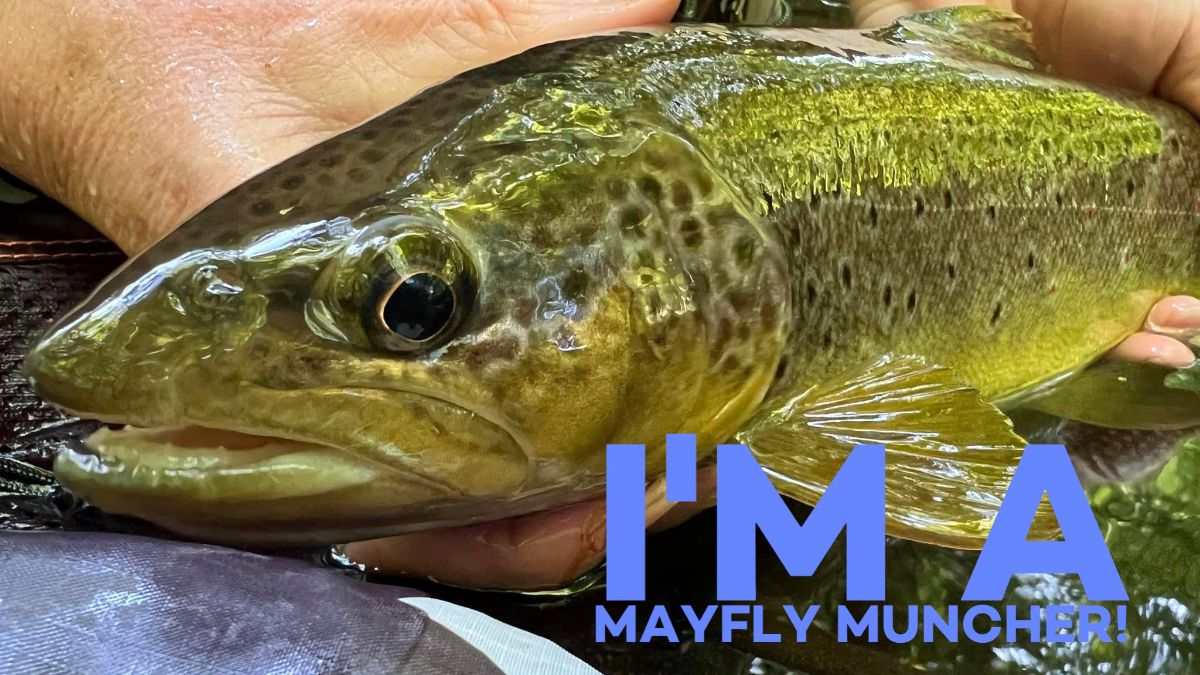
Entice A Take!
Whilst a dead-drift fly should be your opening gambit there are times when a ‘worked’ fly can be more attractive. This is particularly true on stillwaters. Often now, twitching your fly with a couple of gentle tweaks on the fly line is enough to convince trout your fly is a natural at the surface trying to get airborne. The same can be true of rivers also, especially once we’re over the honeymoon period and trout are a little more fussy about what they eat. Now, a fly that looks like it’s struggling represents an easy meal to fish.
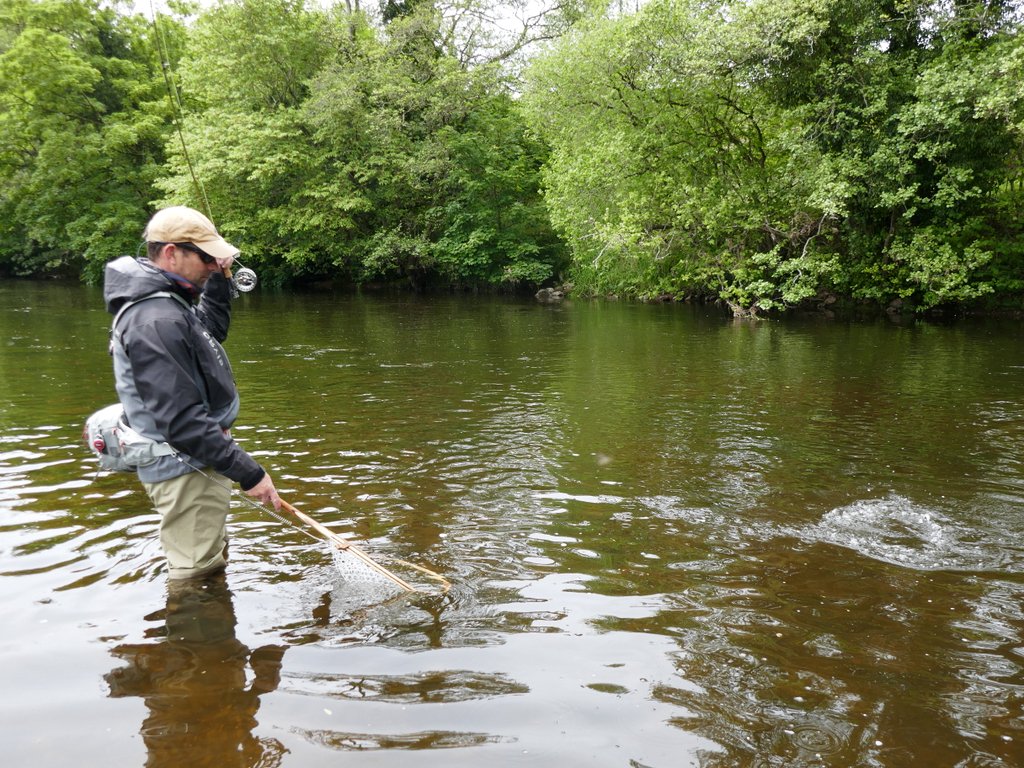
When The Conditions Are Right…
During the day we can expect to see newly emerged duns lifting off, especially if we get cloudy, damp weather when drizzle hangs in the air. Upwings love these kind of conditions as they’re less prone to being picked off by swallows and sand martins.
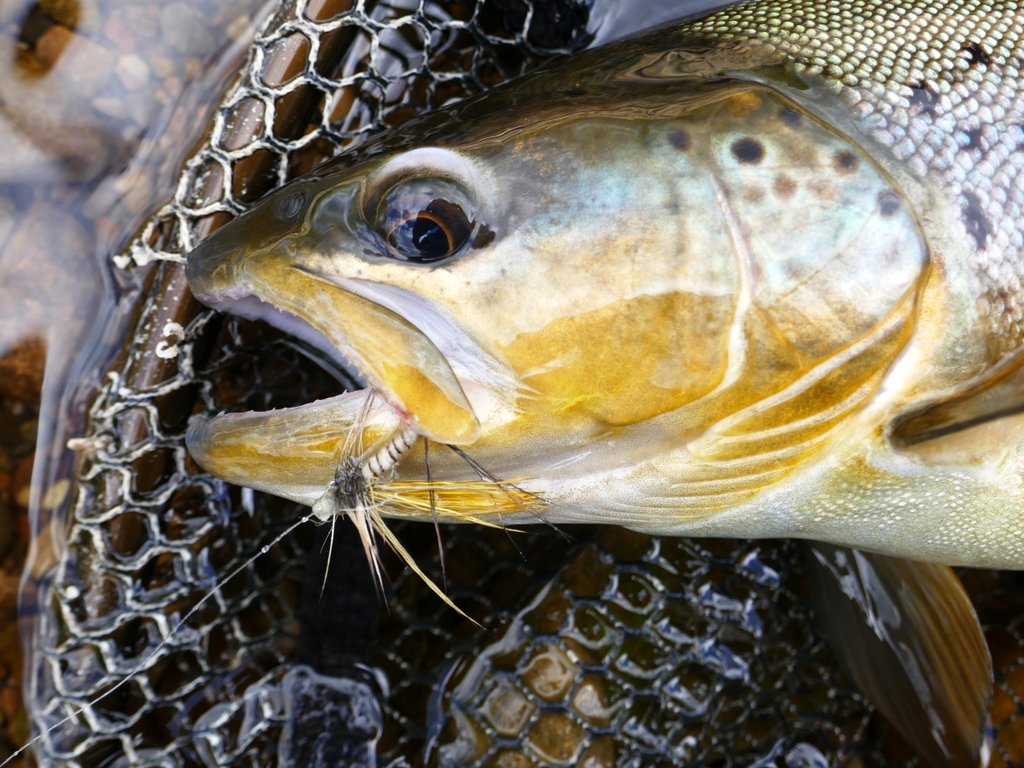
Hatches tend to start in the late morning and peak by mid afternoon. It’s now, we look to emerger and dun style tyings to tempt trout. When it comes to mayfly, we find it best to get the fly literally in the ‘face’ of rising fish, by casting a mere foot or two in front of them. Takes now can be violent, so just remember to delay your strike for a moment longer.
